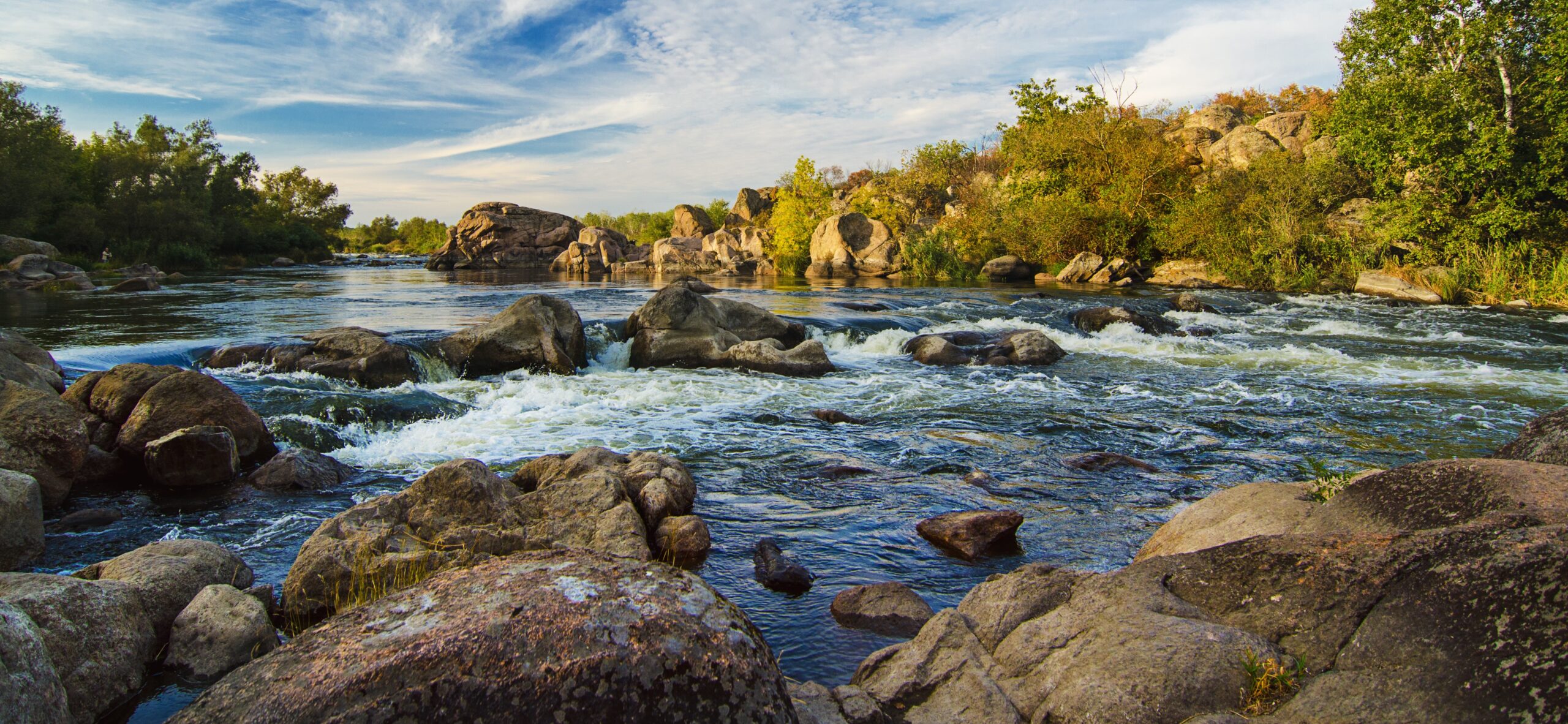
Fact Sheet
Hydraulic Fracking
Overview
Science has struggled to keep pace with the rapid expansion of hydraulic fracturing--commonly called fracking--over the last decade. Concerns over environmental impacts and implications for human health have caused several state legislatures and local municipalities to enact stricter regulations of the drilling process, or in an increasing number of cases establish moratoriums until more science is available. Currently, oil and gas fracking wells are active in at least 30 states. Fracking injects millions of gallons of fluid -- a mixture of water, sand and undisclosed chemicals--into a deep well to fracture the rock and release gas or oil. In some cases, the fluid returns to the surface with new, dangerous chemicals such as arsenic, a known carcinogen.
Key Points
Key Point 1
Nearly 700 unique chemicals are used in fracking. The individual impact of these chemicals on human health remains largely unknown, thereby limiting how much health care providers and emergency responders can assist residents living close to drilling sites. (EPA)
Key Point 2
Faulty cement well casings can cause toxic chemicals to leach into the local groundwater. A recent study found that nine percent of wells drilled since 2009 already have structural integrity issues. (PNAS)
Key Point 3
Natural gas and petroleum systems account for 29% of U.S. methane emissions due to leaks. Methane is a potent greenhouse gas that impacts climate change twenty times more than carbon dioxide. (EPA)
Key Point 4
Injecting oil and gas wastewater back underground for disposal has been linked to an increase in earthquake frequency across the country, including 585 quakes greater than magnitude 3 in Oklahoma in 2014, compared with 109 quakes in 2013. (USGS)
Legislation
Ten states have introduced or passed legislation to place a moratorium on fracking, including Maryland, New Jersey and Florida.
The mix and composition of fracking fluid is typically kept secret–even from health professionals attempting to treat related illnesses ranging from skin rashes to cancer. Several states have introduced legislation requiring full chemical disclosure, including Montana and North Carolina.
Despite New York Governor Cuomo’s ban on fracking, the state has disposed of 460,000 tons of fracking waste imported from Pennsylvania. Concurrent Senate and Assembly bills have been introduced to prohibit the state from processing fracking waste.

Empower State Environmental Champions
Your donation funds the fight for equitable actions that protect the environment and our health.
Donate